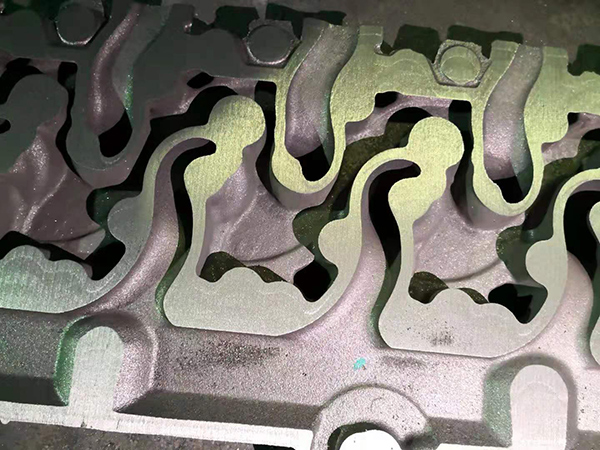The Increasing Importance of Resin-Coated Frac Sand in Hydraulic Fracturing
In the evolving landscape of the oil and gas industry, the efficient extraction of hydrocarbons is of paramount importance. One critical component that has emerged as a vital player in hydraulic fracturing (fracking) operations is resin-coated frac sand. This specialized product significantly enhances the effectiveness of drilling and extraction processes, addressing some of the challenges faced by operators.
Frac sand is a type of sand that is specifically utilized in the hydraulic fracturing process to prop open the fractures in rock formations. Traditionally, raw sand was used for this purpose. However, over time, the industry has recognized the limitations of uncoated sand, such as the potential for crushing under high pressure and the need for a consistent size distribution to optimize flow paths for the hydrocarbons. This is where resin-coated frac sand comes into play.
The Increasing Importance of Resin-Coated Frac Sand in Hydraulic Fracturing
Secondly, the resin coating reduces the risk of sand-related issues, such as clumping and uneven flow. As the frac sand is pumped into the well, the resin allows the grains to remain discrete and flow more freely. This improved performance is essential for maximizing extraction efficiency and ensuring that hydrocarbons can reach the surface with minimal obstruction.
resin coated frac sand

The increasing preference for resin-coated frac sand can also be attributed to its enhanced performance in high-stress environments. Many shale formations require advanced solutions to manage the extreme conditions encountered deep underground. Resin-coated sand has proven to be highly effective in such scenarios, making it an attractive option for operators looking to optimize their fracking operations.
Additionally, the eco-friendly aspect of resin-coated frac sand has gained attention. Many resin manufacturers are now focusing on environmentally safer formulations, which not only comply with regulatory standards but also appeal to operators who are looking to minimize their environmental impact. This trend aligns with the broader movement towards sustainable practices in the energy sector.
The demand for resin-coated frac sand continues to grow as more operators recognize its benefits. The combination of enhanced strength, improved flow characteristics, and environmental considerations positions resin-coated frac sand as an indispensable material in modern fracking operations.
In conclusion, the rise of resin-coated frac sand reflects the industry's shift towards more efficient and reliable extraction methods. As the oil and gas landscape continues to change, the importance of high-quality frac sand—particularly those coated with resin—will undoubtedly remain a critical component in achieving optimal recovery rates and sustaining production levels. As technology evolves, we can expect further advancements in the materials used in hydraulic fracturing, propelling the industry into new frontiers of efficiency and sustainability.
Post time:ruj . 04, 2024 12:27
Next:steps in sand casting
